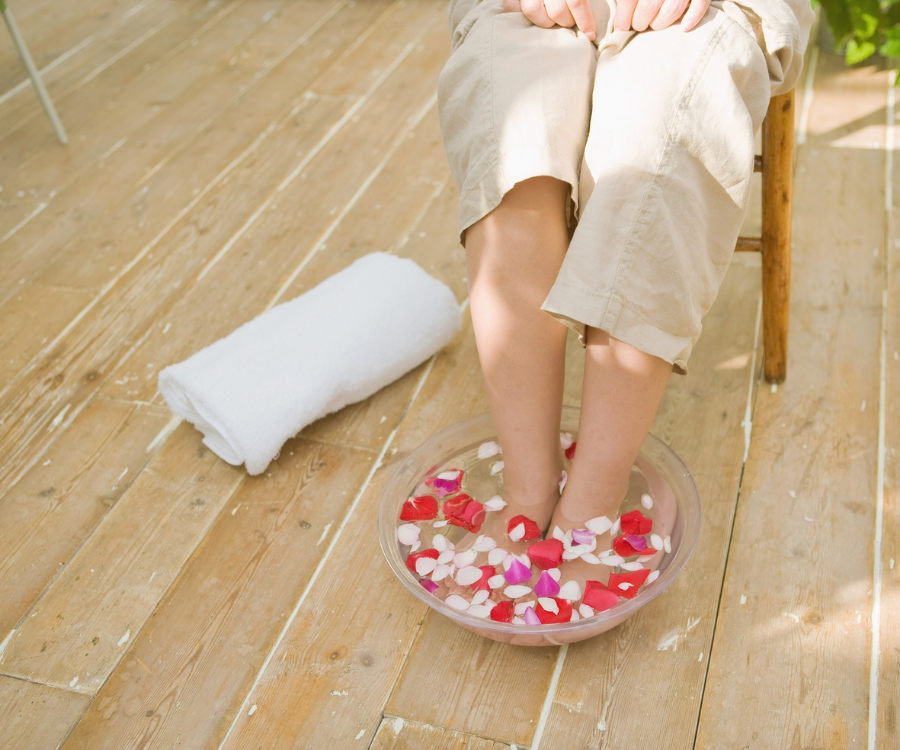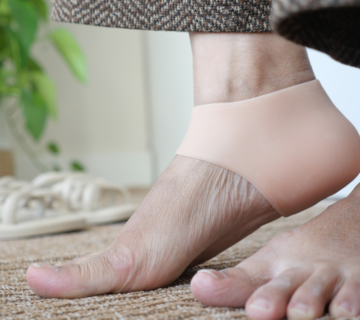Warning Signs: Don’t Ignore the Early Signs of a Diabetic Foot Ulcer
Living with diabetes requires careful attention to your health, and a key area that demands vigilance is your feet. Diabetic foot ulcers are a serious complication that can lead to severe infections and, in some cases, amputation. However, by understanding and recognizing the early warning signs, you can take proactive steps to prevent them and seek timely treatment.
Here are the crucial signs to look out for:
- Changes in Skin Color and Temperature: Redness and swelling are often the first indicators of a developing ulcer. The area might also feel unusually warm to the touch due to inflammation. Poor circulation, a common issue with diabetes, can also cause the skin to appear brown, black, or even purple.
- Swelling and Tenderness: Pay attention to any swelling that seems localized to one part of your foot. It might be accompanied by a feeling of tightness and tenderness when you apply pressure.
- Persistent Pain or Discomfort: While diabetic neuropathy can cause a loss of sensation, some individuals may still experience pain. This pain might worsen with walking or pressure on the foot. Even if you don’t feel pain, it’s essential to visually inspect your feet daily.
- Cracked or Blistered Skin: Diabetes can lead to dry, cracked skin on the feet, which provides an easy entry point for bacteria. A small blister can quickly turn into an ulcer if it goes unnoticed or untreated.
- Slow-Healing Wounds: A defining characteristic of a diabetic foot ulcer is its slow-healing nature. If you have a cut, scrape, or blister that doesn’t show signs of improvement after several weeks, it could be a sign of an underlying problem.
- Unusual Drainage or Odor: Any fluid or pus draining from a wound is a clear sign of infection. A foul odor is also a strong indicator that the wound has become infected and requires immediate medical attention.
Proactive Prevention is Key
Early detection is critical, but the best approach is prevention. Incorporating these simple habits into your daily routine can significantly reduce your risk:
- Daily Foot Inspection: Make it a habit to check your feet every day, especially the soles and between the toes. Use a mirror if you have difficulty seeing all parts of your foot.
- Proper Footwear: Wear comfortable, well-fitting shoes that provide adequate support. Avoid shoes that are too tight or have open toes. Always wear clean, dry socks.
- Careful Hygiene: Wash your feet daily with warm, not hot, water and mild soap. Dry them thoroughly, especially between the toes, to prevent fungal infections.
- Professional Care: Schedule regular appointments with a podiatrist or a healthcare professional to have your feet examined. They can identify risk factors and provide specialized care.
By being mindful of these warning signs and taking excellent care of your feet, you can play a crucial role in preventing serious complications and maintaining your overall health.





No comment